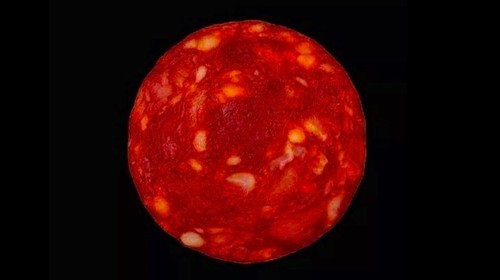Colleges
- American Athletic
- Atlantic Coast
- Big 12
- Big East
- Big Ten
- Colonial
- Conference USA
- Independents (FBS)
- Junior College
- Mountain West
- Northeast
- Pac-12
- Patriot League
- Pioneer League
- Southeastern
- Sun Belt
- Army
- Charlotte
- East Carolina
- Florida Atlantic
- Memphis
- Navy
- North Texas
- Rice
- South Florida
- Temple
- Tulane
- Tulsa
- UAB
- UTSA
- Boston College
- California
- Clemson
- Duke
- Florida State
- Georgia Tech
- Louisville
- Miami (FL)
- North Carolina
- North Carolina State
- Pittsburgh
- Southern Methodist
- Stanford
- Syracuse
- Virginia
- Virginia Tech
- Wake Forest
- Arizona
- Arizona State
- Baylor
- Brigham Young
- Cincinnati
- Colorado
- Houston
- Iowa State
- Kansas
- Kansas State
- Oklahoma State
- TCU
- Texas Tech
- UCF
- Utah
- West Virginia
- Illinois
- Indiana
- Iowa
- Maryland
- Michigan
- Michigan State
- Minnesota
- Nebraska
- Northwestern
- Ohio State
- Oregon
- Penn State
- Purdue
- Rutgers
- UCLA
- USC
- Washington
- Wisconsin
High Schools
- Illinois HS Sports
- Indiana HS Sports
- Iowa HS Sports
- Kansas HS Sports
- Michigan HS Sports
- Minnesota HS Sports
- Missouri HS Sports
- Nebraska HS Sports
- Oklahoma HS Sports
- Texas HS Hoops
- Texas HS Sports
- Wisconsin HS Sports
- Cincinnati HS Sports
- Delaware
- Maryland HS Sports
- New Jersey HS Hoops
- New Jersey HS Sports
- NYC HS Hoops
- Ohio HS Sports
- Pennsylvania HS Sports
- Virginia HS Sports
- West Virginia HS Sports
ADVERTISEMENT
You are using an out of date browser. It may not display this or other websites correctly.
You should upgrade or use an alternative browser.
You should upgrade or use an alternative browser.
James Webb Space Telescope updated Jan 13, 2024….😱 Video of discoveries far and near!🧨
- Thread starter The Spin Meister
- Start date
An exo planet, two nebula, (or is that nebuli ?), Stephan’s Quartet.....a group of four galaxies, and gravitational lensing. Doesn’t say how much of the actual science will be released or any analysis of. Gonna be fun, fer sure!
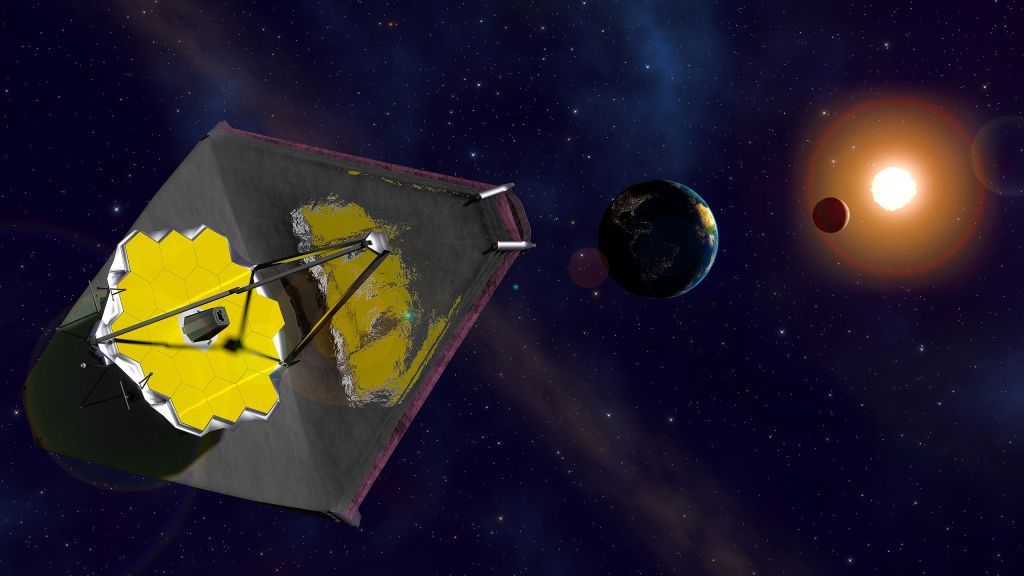
 www.space.com
www.space.com

NASA unveils list of 1st targets for James Webb Space Telescope
These first targets offer a sneak peek at Webb's capabilities.
Last edited:
First image! Released today by the White House.
NASA says this pic shows thousands of galaxies never seen before. The area of the image is the area of the sky if you took a grain of sand and held it at arms length. That’s a tiny dot of sky!
A little help here from the experts.....please. The image has several galaxies that are blurred and even look,Ed stretched. Could these be examples gravitational leasing? If it were motion of the JWST all the galaxies would be blurred.

 www.nasa.gov
www.nasa.gov
NASA says this pic shows thousands of galaxies never seen before. The area of the image is the area of the sky if you took a grain of sand and held it at arms length. That’s a tiny dot of sky!
A little help here from the experts.....please. The image has several galaxies that are blurred and even look,Ed stretched. Could these be examples gravitational leasing? If it were motion of the JWST all the galaxies would be blurred.

Webb Image Galleries - NASA Science
Webb's most recent images released by NASA in 2024, displayed in reverse chronological order.
From the link in above article. Says the massive galaxy acted as a gravitational lens to magnifying the more distant galaxies behind it. Great stuff!
NASA’s James Webb Space Telescope has produced the deepest and sharpest infrared image of the distant universe to date. Known as Webb’s First Deep Field, this image of galaxy cluster SMACS 0723 is overflowing with detail.
Thousands of galaxies – including the faintest objects ever observed in the infrared – have appeared in Webb’s view for the first time. This slice of the vast universe covers a patch of sky approximately the size of a grain of sand held at arm’s length by someone on the ground.
This deep field, taken by Webb’s Near-Infrared Camera (NIRCam), is a composite made from images at different wavelengths, totaling 12.5 hours – achieving depths at infrared wavelengths beyond the Hubble Space Telescope’s deepest fields, which took weeks.
The image shows the galaxy cluster SMACS 0723 as it appeared 4.6 billion years ago. The combined mass of this galaxy cluster acts as a gravitational lens, magnifying much more distant galaxies behind it. Webb’s NIRCam has brought those distant galaxies into sharp focus – they have tiny, faint structures that have never been seen before, including star clusters and diffuse features. Researchers will soon begin to learn more about the galaxies’ masses, ages, histories, and compositions, as Webb seeks the earliest galaxies in the universe.
NASA’s James Webb Space Telescope has produced the deepest and sharpest infrared image of the distant universe to date. Known as Webb’s First Deep Field, this image of galaxy cluster SMACS 0723 is overflowing with detail.
Thousands of galaxies – including the faintest objects ever observed in the infrared – have appeared in Webb’s view for the first time. This slice of the vast universe covers a patch of sky approximately the size of a grain of sand held at arm’s length by someone on the ground.
This deep field, taken by Webb’s Near-Infrared Camera (NIRCam), is a composite made from images at different wavelengths, totaling 12.5 hours – achieving depths at infrared wavelengths beyond the Hubble Space Telescope’s deepest fields, which took weeks.
The image shows the galaxy cluster SMACS 0723 as it appeared 4.6 billion years ago. The combined mass of this galaxy cluster acts as a gravitational lens, magnifying much more distant galaxies behind it. Webb’s NIRCam has brought those distant galaxies into sharp focus – they have tiny, faint structures that have never been seen before, including star clusters and diffuse features. Researchers will soon begin to learn more about the galaxies’ masses, ages, histories, and compositions, as Webb seeks the earliest galaxies in the universe.
If anyone is interested, the Science Channel will have a one hour live program as the images are revealed starting at 10:30 AM.
And that Hubble pic was taken with a two week time exposure. The JWST was just under twelve hours, showing how much more sensitive it is.
It was announced that more photos and research will be released this week. Incuding pictures of Jupiter on Thursday, which could be interesting. They are also starting the process of planning next year’s subjects and are asking for submissions. So if any of you have some good questions.......
Editorial comment: Hard to believe I started this thread over a year ago and we finally are seeing the results. Doesn’t compare to the wait and anticipation of the thousands of people that spent over twenty years working on this project. To them a hardy Hi Ho and much gratitude. Will tip an adult beverage to all of them.
Amazingly, I started the thread on July 11, 2021 and exactly a year later the White House released the first photo. I will cease posting for a while, perhaps permanently, as I don’t want to push this on the board if there is limited interest. Thanks to all for following and commenting. Been fun and educational.
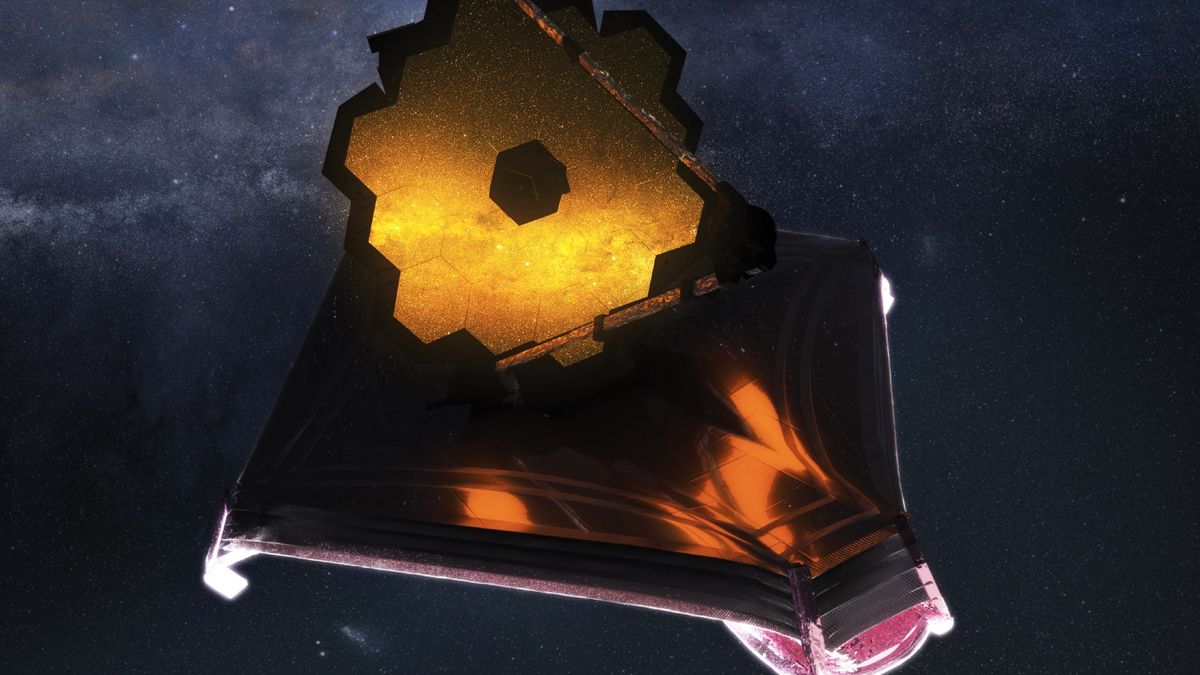
 www.space.com
www.space.com
Editorial comment: Hard to believe I started this thread over a year ago and we finally are seeing the results. Doesn’t compare to the wait and anticipation of the thousands of people that spent over twenty years working on this project. To them a hardy Hi Ho and much gratitude. Will tip an adult beverage to all of them.
Amazingly, I started the thread on July 11, 2021 and exactly a year later the White House released the first photo. I will cease posting for a while, perhaps permanently, as I don’t want to push this on the board if there is limited interest. Thanks to all for following and commenting. Been fun and educational.

What's next for the James Webb Space Telescope?
Now that the telescope is fully operational and the fanfare has concluded, the real science can begin.
Last edited:
No, don't stop posting. I may not contribute a lot to this thread, but this thread is how I, and I suspect many others, follow the project. I always open your links and than open many others on the same subject that are always pinned to the primary link.It was announced that more photos and research will be released this week. Incuding pictures of Jupiter on Thursday, which could be interesting. They are also starting the process of planning next year’s subjects and are asking for submissions. So if any of you have some good questions.......
Editorial comment: Hard to believe I started this thread over a year ago and we finally are seeing the results. Doesn’t compare to the wait and anticipation of the thousands of people that spent over twenty years working on this project. To them a hardy Hi Ho and much gratitude. Will tip an adult beverage to all of them.
Amazingly, I started the thread on July 11, 2021 and exactly a year later the White House released the first photo. I will cease posting for a while, perhaps permanently, as I don’t want to push this one the board if there is limited interest. Thanks to all for following and commenting. Been fun and educational.

What's next for the James Webb Space Telescope?
Now that the telescope is fully operational and the fanfare has concluded, the real science can begin.www.space.com
TIA for keeping this one going.
what is crazy to me is if you look at how much this telescope cost (I think $20 billion) and then how much waste was spent on Covid and graft, etc...and look at how this $20 Billion is going to advance science and the understanding of the universe. It makes me sad as we could do so much more. If somehow we took all the money going to military expenditures and wasteful government graft programs, etc...and spent that on development of new technology in the energy sector, and science sector, and engineering sector, and material of construction sector, etc...we probably solve most of the worlds problems that all the money that is being spent on wasteful stuff is being used for.
Have you seen the PBS documentary on Webb? You’ll love it!!!First image! Released today by the White House.
NASA says this pic shows thousands of galaxies never seen before. The area of the image is the area of the sky if you took a grain of sand and held it at arms length. That’s a tiny dot of sky!
A little help here from the experts.....please. The image has several galaxies that are blurred and even look,Ed stretched. Could these be examples gravitational leasing? If it were motion of the JWST all the galaxies would be blurred.

Webb Image Galleries - NASA Science
Webb's most recent images released by NASA in 2024, displayed in reverse chronological order.www.nasa.gov
Watched the PBS documentary on YouTube yesterday. Just seeing 1 picture that showed other galaxies and billions of stars had me marveling and thinking " How big my God is and how small I am"!Have you seen the PBS documentary on Webb? You’ll love it!!!
Have you seen the PBS documentary on Webb? You’ll love it!!!
Saw that PBS program. Very good.Watched the PBS documentary on YouTube yesterday. Just seeing 1 picture that showed other galaxies and billions of stars had me marveling and thinking " How big my God is and how small I am"!
And that pic with thousands of galaxies......saw one report that is was a twelve hour exposure.....another interview stated it was less than one hour. The old Hubble pic was a two week exposure. One can only imagine the results if the JWST took a two week exposure. ...
Edit. @creamery freak They released two photos of Jupiter that some thought were very good. I didn’t see a lot of detail. But the important aspects were that they were taken during the test period to demonstrate the JWST could track fast moving, nearby objects in the solar system which it did very well....indicating some good science to come. Also, the shots were taken at two different wavelengths demonstrating more potential science.
Last edited:
NASA released some updated analysis of the micrometeoroid that struck the main mirror at the end of May. They always knew that some micrometeoroids would hit it over time and eventually degrade the telescope. But this one was larger than they had predicted and hit sooner than expected. So now they are studying the damage and concocting plans to reduce the chance of future hits.
Segment C3 was significantly damaged but they were able to make adjustments so that very little capacity was lost. Article below goes into details about damage and contingencies. What is of particular concern is that the scope will pass through the remnants of a comet tail in 2023.
What is scary is that just one of proper size and location could render the JWST useless.
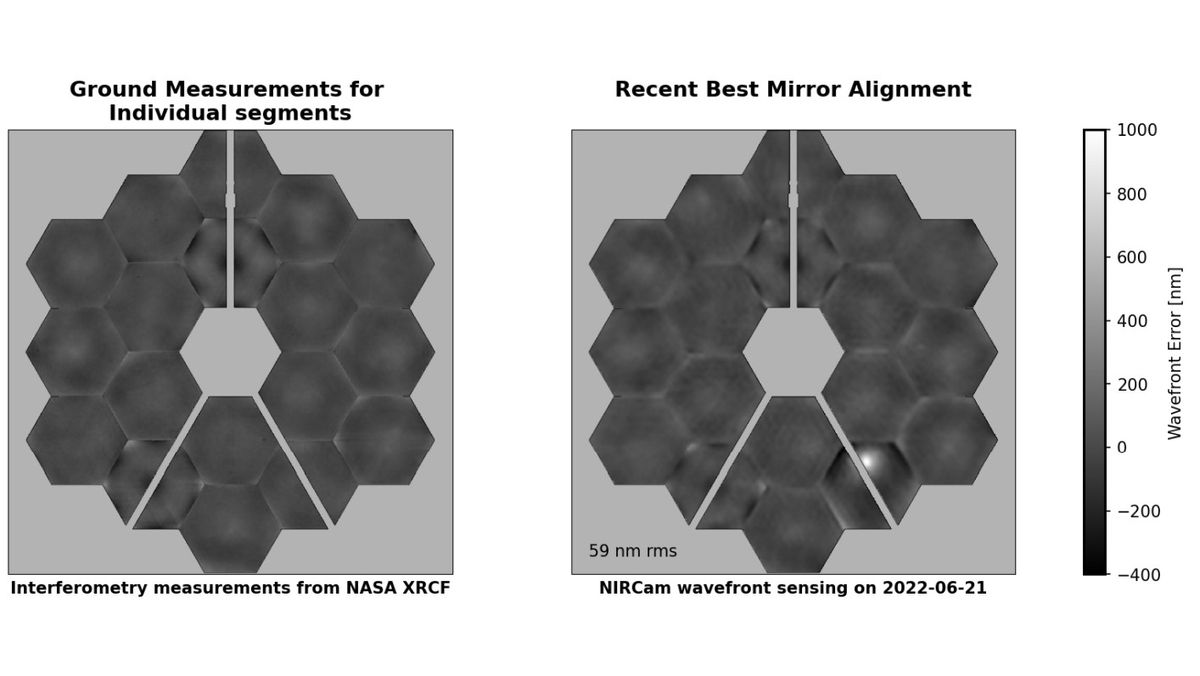
 www.space.com
www.space.com
Segment C3 was significantly damaged but they were able to make adjustments so that very little capacity was lost. Article below goes into details about damage and contingencies. What is of particular concern is that the scope will pass through the remnants of a comet tail in 2023.
What is scary is that just one of proper size and location could render the JWST useless.

James Webb Space Telescope picture shows noticeable damage from micrometeoroid strike
NASA is unsure how much of an effect space rocks will have on Webb's lifetime after the event 'exceeded prelaunch expectations of damage.'
Stunning new photos from Webb of a ‘wheel’ galaxy. Said to be the result of two galaxies colliding. In addition, Webb has photographed a galaxy with an rxtimated red shift of 20 a dramatic development. The galaxy is believed to be from just 200 million years after the Big Bang....easily the earliest object ever Awaiting confirmation.
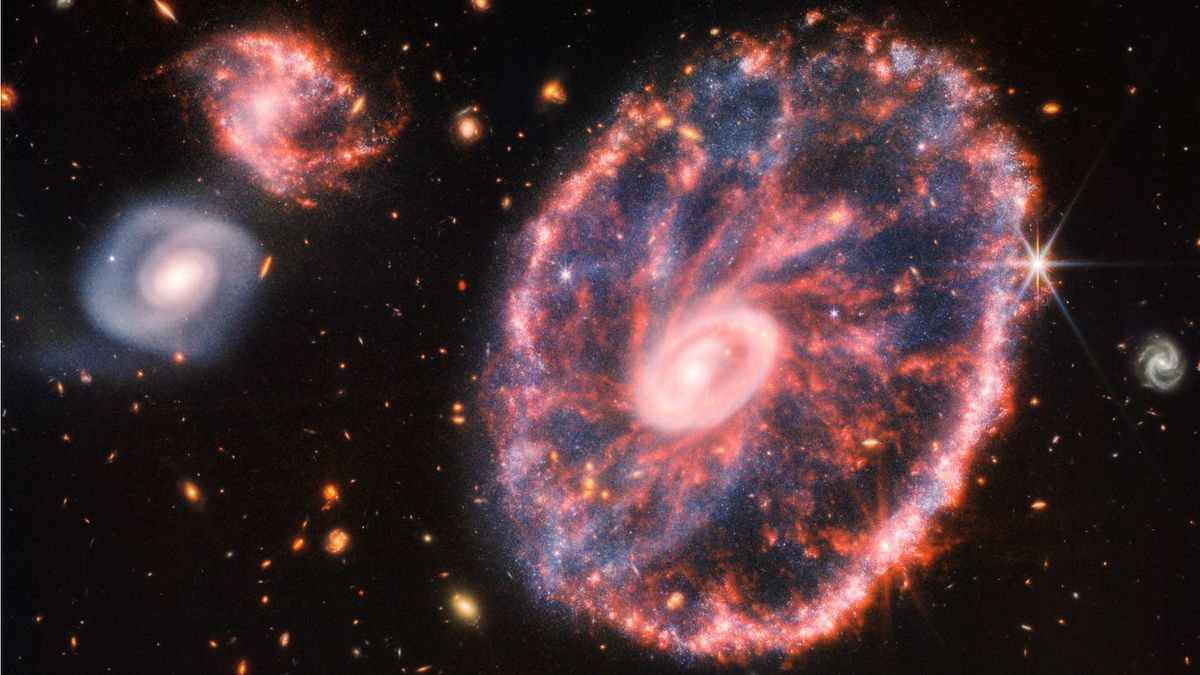
 www.space.com
www.space.com

Stunning James Webb Space Telescope image shows stars forming in strange wheel-shaped galaxy
Webb sees through dust and gas into regions out of reach of optical telescopes such as Hubble.
Last edited:
Hey, how’s about an update. What are the reactions? What can we expect next? Any news you can share?I work in facilities at Johns Hopkins University which is where the Missions Operations Control Center is located for the James Webb Telescope and the launch date is currently scheduled for December 18th.
Saw that story. Guy is gonna take some serious heat for that stunt.
Here is a good article about the how and why they colorize the pictures. Interesting stuff with a very good graph showing wavelengths and how they compare to real life objects.

Are the Colors in Webb Telescope Images 'Fake'?
Humans can't see infrared light, so what makes Webb Space Telescope images so dazzling?
The Web was launched on Christmas Day of 2022. So it’s been just over a year since launch. It has produced some amazing photos and many serious scientific results. Here is a look back at its first year in space.
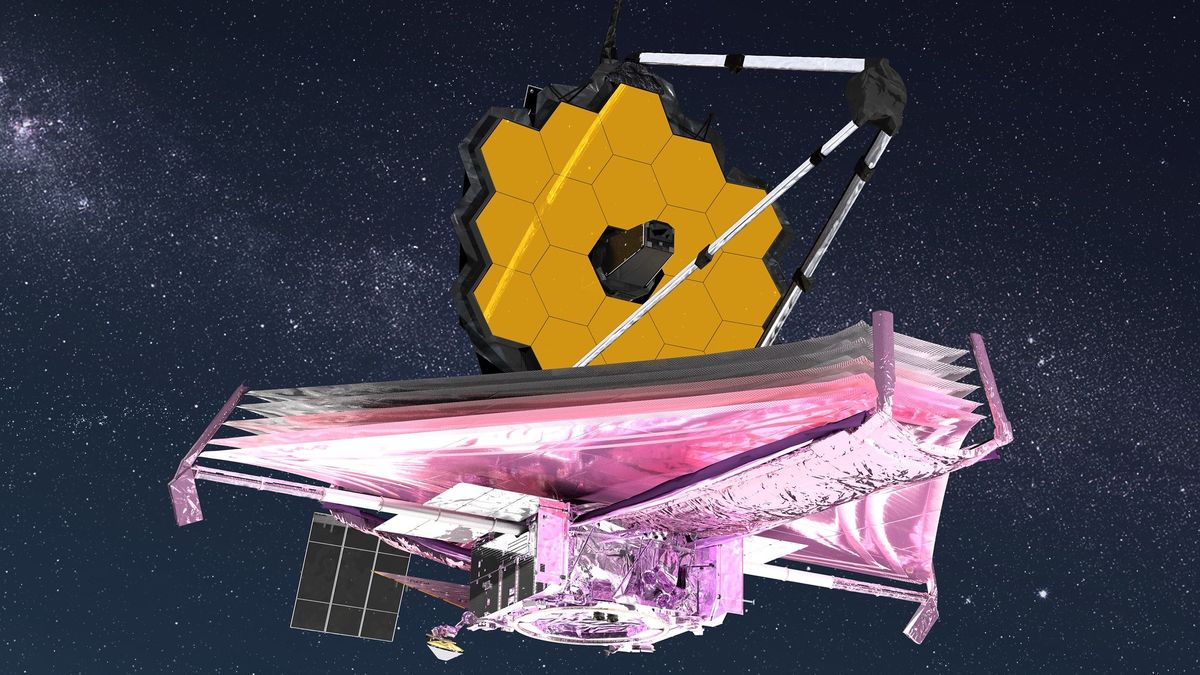
 www.space.com
www.space.com

James Webb Space Telescope's 1st year in space has blown astronomers away
Astronomers are "amazed" and "blown away" by what JWST has achieved so far.
Last edited:
This is what I was waiting for. Results that shocked the experts and are forcing them to rewrite their theories. Love it when we are humbled.
The JWST has found numerous huge galaxies formed shortly after the Big Bang…..where no one thought they would be. So it’s back to the chalk board…..
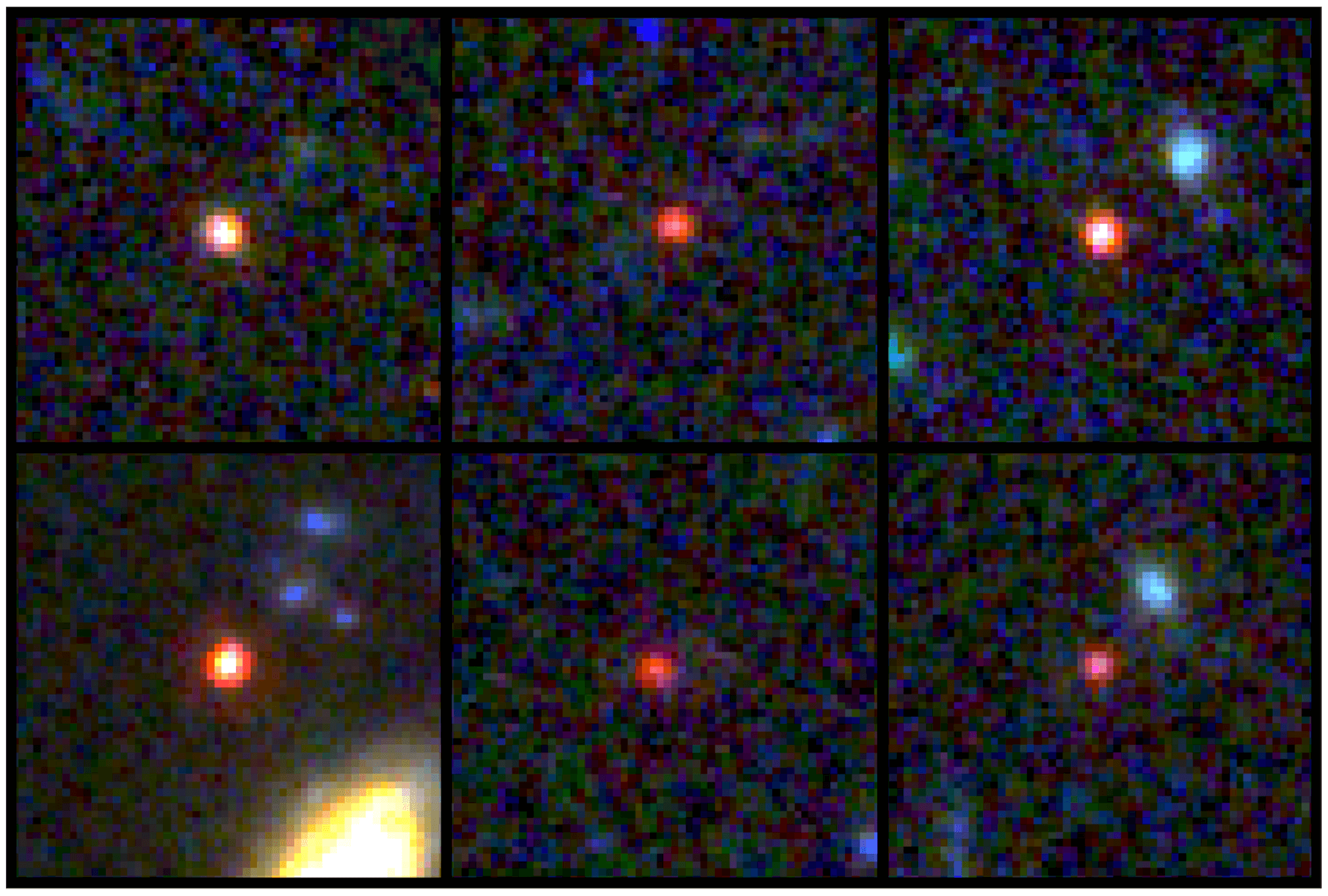
 studyfinds.org
studyfinds.org
The JWST has found numerous huge galaxies formed shortly after the Big Bang…..where no one thought they would be. So it’s back to the chalk board…..

JWST discovery of 6 galaxies from beginning of universe 'creates problems for science'
Observations by the James Webb Space Telescope offer fresh insights into the evolution of the universe, turning previous theories on their head.
and notice where the scientists are employed....This is what I was waiting for. Results that shocked the experts and are forcing them to rewrite their theories. Love it when we are humbled.
The JWST has found numerous huge galaxies formed shortly after the Big Bang…..where no one thought they would be. So it’s back to the chalk board…..

JWST discovery of 6 galaxies from beginning of universe 'creates problems for science'
Observations by the James Webb Space Telescope offer fresh insights into the evolution of the universe, turning previous theories on their head.studyfinds.org
We expected only to find tiny, young, baby galaxies at this point in time, but we’ve discovered galaxies as mature as our own in what was previously understood to be the dawn of the universe,” explains Joel Leja, an assistant professor of astronomy and astrophysics at Penn State, in a university release.
Yeah, in my excitement I forgot to add that it was Penn State researchers that wrote the paper.and notice where the scientists are employed....
We expected only to find tiny, young, baby galaxies at this point in time, but we’ve discovered galaxies as mature as our own in what was previously understood to be the dawn of the universe,” explains Joel Leja, an assistant professor of astronomy and astrophysics at Penn State, in a university release.
Thanks
a realitively nearby star is about to go super nova. Pic caught in a rare state…

 www.nasa.gov
www.nasa.gov

NASA’s Webb Telescope Captures Rarely Seen Prelude to Supernova
The rare sight of a Wolf-Rayet star – among the most luminous, most massive, and most briefly detectable stars known – was one of the first observations made by NASA’s James Webb Space Telescope in June 2022.
A new look at at star formation with interstellar dust showing intriguing structure….

 www.nasa.gov
www.nasa.gov

NASA’s Webb Reveals Networks of Gas and Dust in Nearby Galaxies
Researchers using NASA’s James Webb Space Telescope are getting their first look at star formation, gas, and dust in nearby galaxies with unprecedented resolution at infrared wavelengths.
Massive cloud of extremely cold ice……but made of far more than frozen water….

 www.nasa.gov
www.nasa.gov

Webb Unveils Dark Side
An international team of astronomers using NASA’s James Webb Space Telescope has obtained an in-depth inventory of the deepest, coldest ices measured to date in a molecular cloud.
Been a while….lots of new science….
This one picture has over 45,000 galaxies in it. Galaxies, not stars!
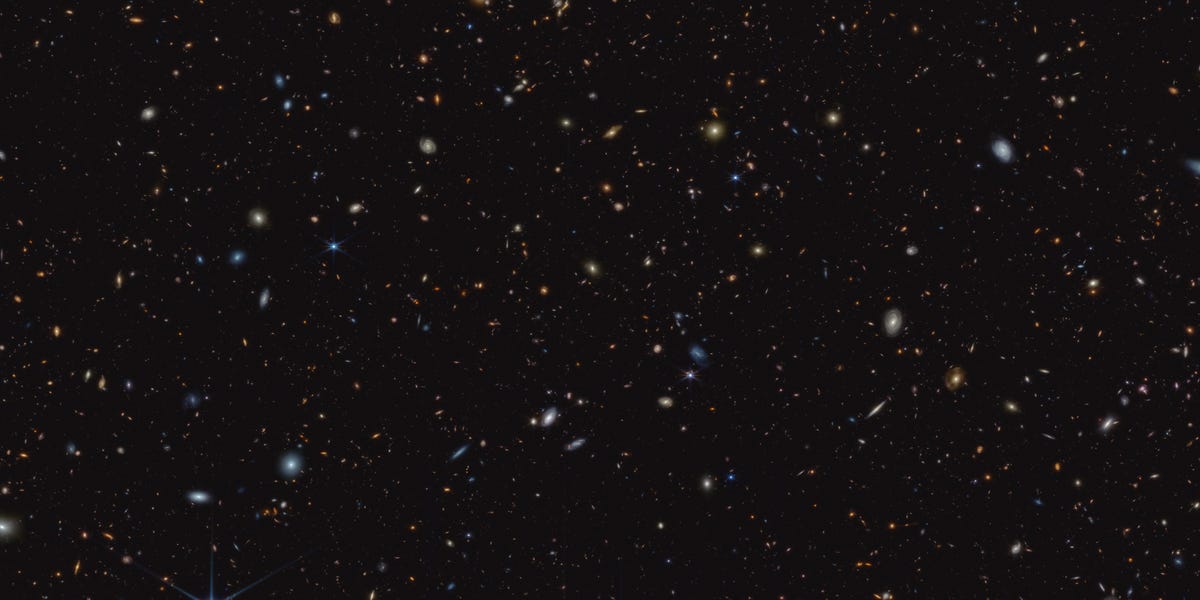
 www.businessinsider.com
www.businessinsider.com
A very early quasar with mass of 1.4 billion times the sun.

 www.universetoday.com
www.universetoday.com
And for people hoping find life…..a key carbon molecule confirmed.
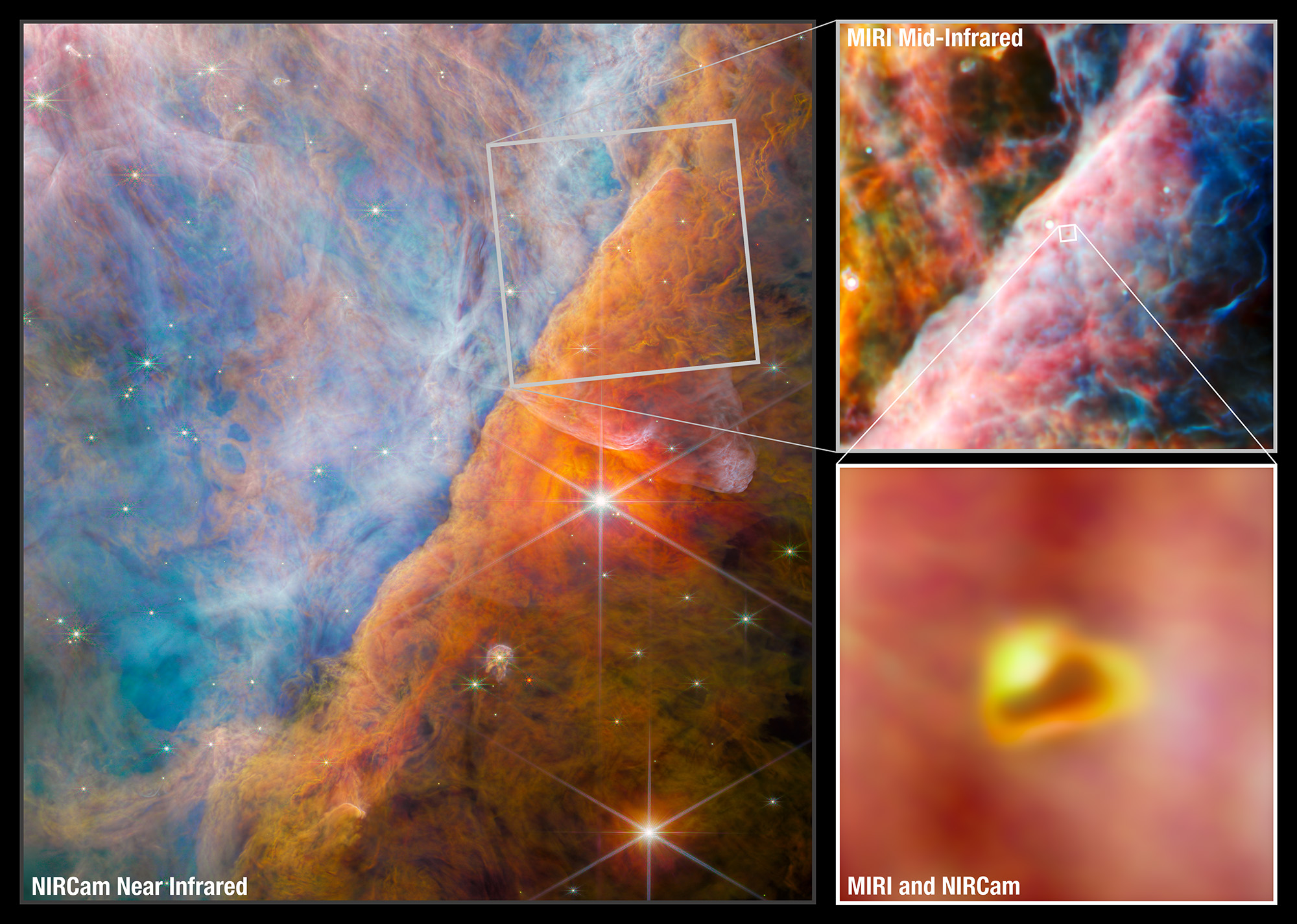
 www.astronomy.com
www.astronomy.com
This one picture has over 45,000 galaxies in it. Galaxies, not stars!
New James Webb Space Telescope image shows 45,000 galaxies in unprecedented detail
The James Webb Space Telescope turned its sights on a special region in space, where it has revealed some of the youngest galaxies ever observed.
A very early quasar with mass of 1.4 billion times the sun.

860 Million-Year-Old Quasar Had Already Amassed 1.4 Billion Times the Mass of the Sun
Astronomers used JWST to look at two very young galaxies in the infant universe. They have huge black holes forming quasars at their hearts.
 www.universetoday.com
www.universetoday.com
And for people hoping find life…..a key carbon molecule confirmed.

JWST spots a molecule vital to life in nearby protoplanetary disk | Astronomy.com
The discovery of methyl cation within the Orion Nebula indicates ultraviolet light might help, not hinder, interstellar organic molecules.
Last edited:
Here is a star a mere 15,000 light years away about to go super nova…

 www.nasa.gov
www.nasa.gov

NASA’s Webb Telescope Captures Rarely Seen Prelude to Supernova
The rare sight of a Wolf-Rayet star – among the most luminous, most massive, and most briefly detectable stars known – was one of the first observations made by NASA’s James Webb Space Telescope in June 2022.
Last one for today….

 www.nasa.gov
www.nasa.gov

NASA's Chandra, Webb Combine for Arresting Views
Four composite images deliver dazzling views from NASA's Chandra X-ray Observatory and James Webb Space Telescope of two galaxies, a nebula, and a star cluster. Each image combines Chandra's X-rays — a form of high-energy light — with infrared data from previously released Webb images, both of...
I draw 2 concussions when looking at these photos. 1. We are not alone in the universe. 2. There is a God.
new photo of "Whirlpool galaxy" looks like my Whirlpool washing machine.


Beautiful shot. Amazing complexity.
Here is the story behind the pic.
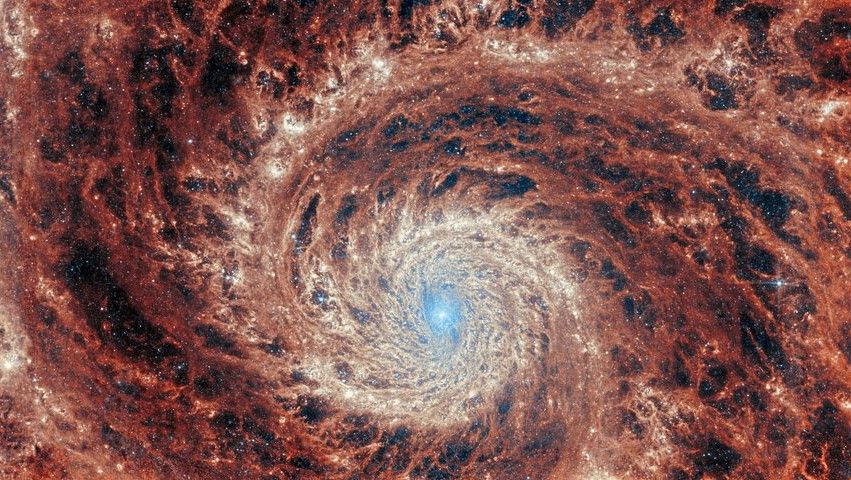
James Webb Space Telescope gazes into the Whirlpool galaxy's hypnotic spiral arms (photos)
In 2011, scientists imaging M51 with Hubble hoped to capture the galaxy with the JWST one day. That day has arrived.
New video of some of the discoveries and what they mean.
Hint: rewriting the books!
Big bang theory under attack? I'm shocked, shocked I say
It has always struck me as too orderly of an explanation. If everything is moving away from itself, then where's the center, i.e., it's origin point? I have never seen an explanation that points to anything, let alone a direction. I have a few other thoughts on the topic but it could take a long time to go through them.
A fixed point of reference is hard to come by.It has always struck me as too orderly of an explanation. If everything is moving away from itself, then where's the center, i.e., it's origin point? I have never seen an explanation that points to anything, let alone a direction. I have a few other thoughts on the topic but it could take a long time to go through them.
Here is a good article by Vox explaining how what the JWST has discovered doesn’t fit our current understanding of the universe and will cause major changes, if these findings are verified.
And written so that even novices like me understand it….. or most of it!
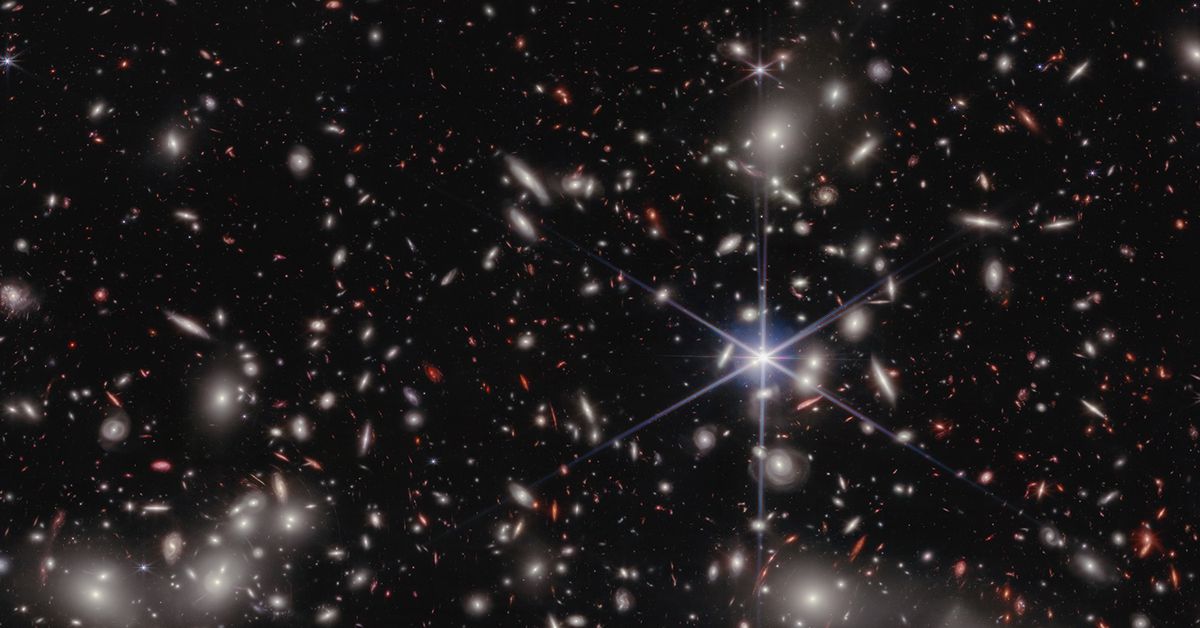
 www.vox.com
www.vox.com
And written so that even novices like me understand it….. or most of it!

Astronomers spotted something perplexing near the beginning of time
Monsters lurk in the background of James Webb Space Telescope images. Scientists are scrambling to make sense of them.
 www.vox.com
www.vox.com
I love the cosmos. The Webb allow all of mankind to witness the vastness of the universe and just how very small we all are. A trillion or more galaxies with hundreds of billions of all type of stars in each. Certainly makes me a believer in intelligent design a & Supreme Being.The Webb scope will be 100 times stronger than the Hubble. Think how amazing the Hubble is and then try to imagine what the Webb will discover.
The launch date is flexible and can be launched on any day unlike many launches with narrow windows. Then after launch it will take a month to be positioned 1.2 million miles from earth to the second Lagrange point where it will be in a stationary position. Then it it will be several more months before it is fully activated. So next spring we will be re-writing all of our science books!

NASA Statement on James Webb Space Telescope Launch Readiness - NASA
NASA’s James Webb Space Telescope, which will be the premier observatory of the next decade, remains on schedule for a launch readiness date no earlier thanwww.nasa.gov
ADVERTISEMENT
ADVERTISEMENT
